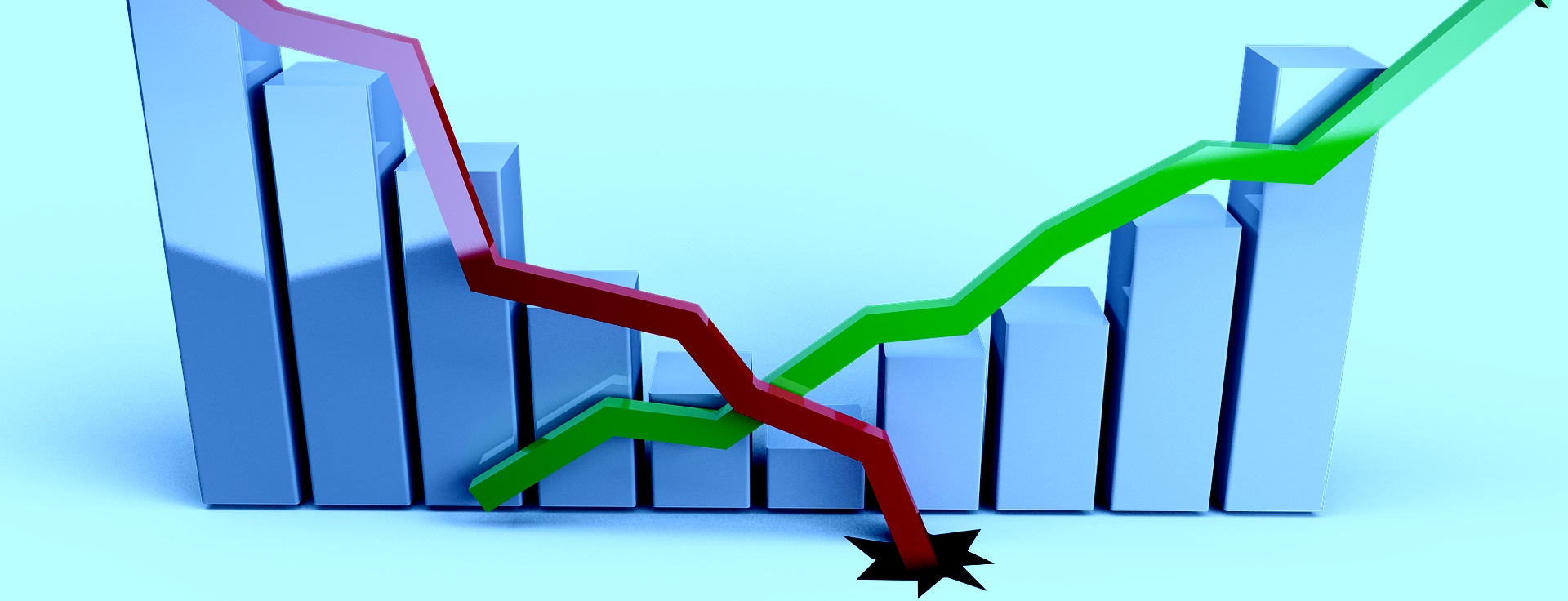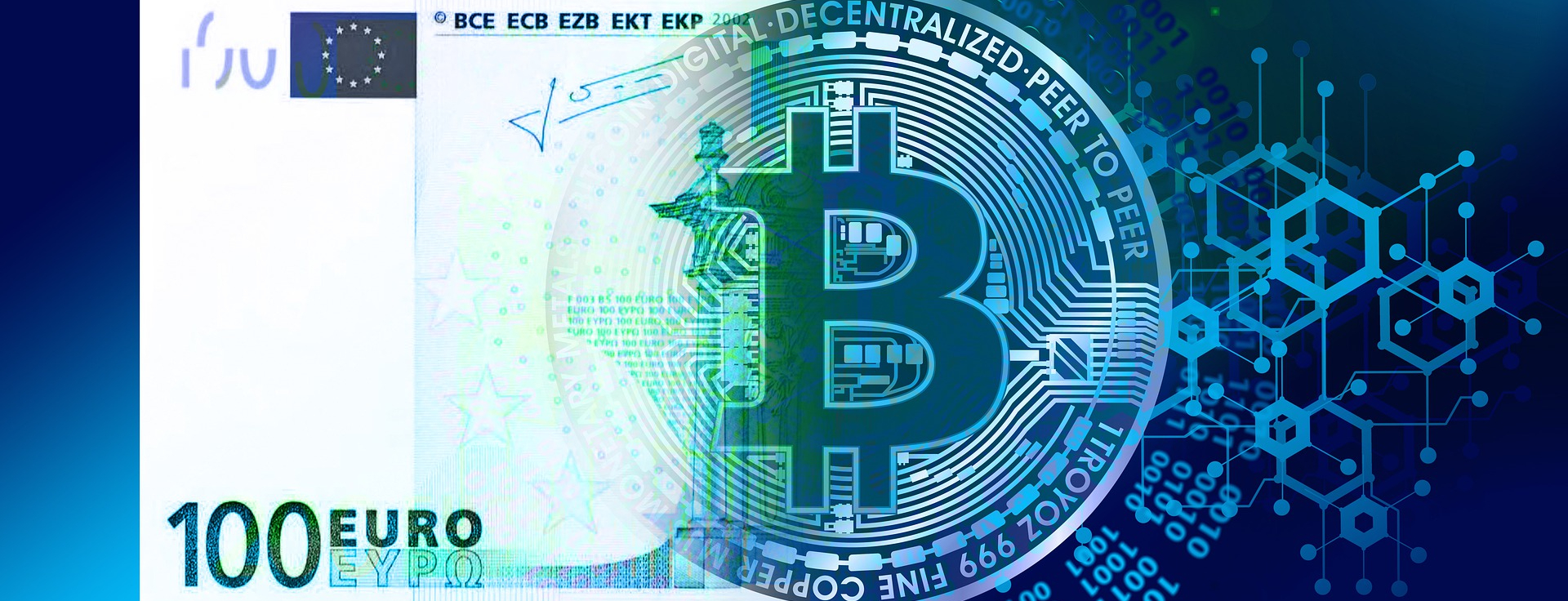
Macroeconomic changes have increasingly influenced cryptocurrency market price movements in recent years. This blog post reviews the key macroeconomic indicators, how macroeconomics is influenced by economic policy, and the impact of macroeconomics on cryptocurrencies.
Macroeconomics
Macroeconomics is a branch of economics that analyzes the overall functioning of the economy. Macroeconomics examines the economies of entire countries, such as Finland, or larger economic areas, such as the European Union. Macroeconomic research typically focuses on cause-and-effect relationships. The opposite of macroeconomics is microeconomics, which examines the activities of individual actors within the macroeconomic framework.
Key Macroeconomic Indicators
Macroeconomics involves several indicators that can be used to assess a country's economic performance compared to other countries and its previous economic situation. The following are three significant macroeconomic indicators that are also familiar from daily news.
Inflation: Inflation refers to the rate at which the general price level rises. More specifically, inflation refers to the change in the consumer price index, which tracks the price development of goods and services typically purchased by households. Inflation figures are usually reported monthly by comparing the price level of the previous month to that of a year ago. High inflation is called hyperinflation, while negative inflation is called deflation. Inflation is considered the most important indicator from the perspective of central banks' monetary policy.
Gross domestic product: Gross domestic product (GDP) refers to the total value of all goods and services produced in a specific country or economic area over a certain period (usually a year or a quarter). GDP and the derived GDP per capita indicator are often used to compare the economic performance of countries. For a single country, GDP is used as a measure of economic growth. By comparing GDP across different periods, it is possible to determine whether the economy is growing, in recession, or in depression. A recession is defined as two consecutive quarters of GDP decline, while a depression is a longer and deeper economic downturn. GDP can also be presented in real terms, adjusted for inflation. GDP growth is seen as the main goal and evaluation criterion of a country's economic policy.
Unemployment rate: The unemployment rate refers to the percentage of unemployed people within the working-age population, in Finland's case, those aged 15-74. A high unemployment rate generally indicates economic problems and usually correlates with lower GDP. Conversely, a low unemployment rate is associated with a strong economic situation. The unemployment rate is a key factor in national economic policy decision-making.
Economic Policy
Macroeconomics is influenced through economic policy. Economic policy can be divided into several areas, with the two most significant being monetary policy and fiscal policy. Monetary policy is the responsibility of central banks, while fiscal policy is the responsibility of governments. Let's examine monetary and fiscal policy in more detail.
Central banks and monetary policy: The primary task of central banks, such as the European Central Bank (ECB), is to maintain price stability. In practice, this means keeping inflation stable and predictable, and as close as possible to the ECB's target of two percent. Central banks influence inflation, and thereby macroeconomics, through monetary policy. Monetary policy involves regulating the supply and value of money directly or indirectly. The main tool of monetary policy is adjusting the key interest rate. The key interest rate refers to the rate that banks pay to borrow money from the central bank. When central banks raise the key interest rate, money becomes "more expensive," which typically curbs the growth of the money supply. Conversely, lowering the interest rate makes money "cheaper" and typically increases the money supply. In addition to adjusting the key interest rate, the ECB has introduced several new tools for bank financing and purchasing financial assets following the 2007-2008 financial crisis.
Governments and fiscal policy: Governments influence macroeconomics through fiscal policy. Fiscal policy involves adjusting government spending and revenues. More specifically, this means decisions about public consumption and investments, and their financing through taxation and borrowing. In Finland, fiscal policy is led by the government, headed by the Prime Minister. At a very general level, fiscal policy aims to achieve stable economic development. In times of recession, the goal is to stimulate the economy, while in times of overheating, the aim is to curb economic growth. In practice, stimulating fiscal policy may involve lowering taxes or increasing public sector investments, transfer payments, and consumption. Conversely, curbing economic growth may involve raising taxes and restricting public sector investments and consumption.
The Impact of Macroeconomics on Cryptocurrencies
The impact of macroeconomics on cryptocurrency markets has grown in recent years. This is due to the increased involvement of institutional players in cryptocurrency markets, the development of derivative markets, and the general growth of cryptocurrencies as an asset class. Central banks have also implemented highly unconventional monetary policies in recent years, which have broadly affected all investment markets. Therefore, monitoring and understanding macroeconomics can be beneficial when attempting to predict cryptocurrency price movements in the near future.
Cryptocurrencies are a global asset class, and thus the cryptocurrency market is influenced by the macroeconomic conditions and decisions of multiple countries. In recent years, the United States has had the most significant impact on cryptocurrency markets. The publication of U.S. macroeconomic indicators, such as inflation figures, has sometimes significantly moved cryptocurrency prices in the short term. Besides macroeconomic indicators, the monetary policy decisions and statements of the U.S. Federal Reserve (Fed) have had a substantial impact on cryptocurrency markets in recent years. Among monetary policy decisions, key interest rate cuts in particular have often had a positive impact on the cryptocurrency market.
Among cryptocurrencies, especially bitcoin has been referred to by many cryptocurrency experts as an inflation hedge. Bitcoin and its limited maximum supply are believed to serve as a hedge against inflation, i.e., the reduction in purchasing power, of fiat currencies, such as the euro and the U.S. dollar. Additionally, many see cryptocurrencies, like Ethereum, enabling DeFi (decentralized finance) as an alternative to the traditional banking and financial system. Cryptocurrency prices have also risen a few times in recent years when issues have arisen in the traditional banking system.
Summary
Macroeconomics deals with economic aggregates and focuses on cause-and-effect relationships. Key macroeconomic indicators include inflation, GDP, and the unemployment rate. Inflation measures price increases, GDP reflects a country's economic performance, and the unemployment rate indicates the state of the labor force. Macroeconomics is influenced by economic policy, which is divided, for example, into monetary policy and fiscal policy. Central banks, such as the ECB and the Fed, regulate monetary policy through tools like the interest rate, while governments conduct economic policy through fiscal policy, which adjusts public spending and revenues.
The impact of macroeconomics on cryptocurrency markets has increased in recent years as cryptocurrencies have established themselves as a more viable asset class from the perspective of institutional investors. Cryptocurrency prices nowadays often react to macroeconomic changes, such as U.S. economic indicators and the Fed's monetary policy decisions. When examining the relationship between macroeconomics and cryptocurrencies, many cryptocurrency experts view bitcoin as an inflation hedge, while the DeFi services enabled by cryptocurrencies offer an alternative to the traditional banking and financial system.
Ville Viitaharju
Cryptocurrency specialist
Last updated: 07.06.2024 14:30


